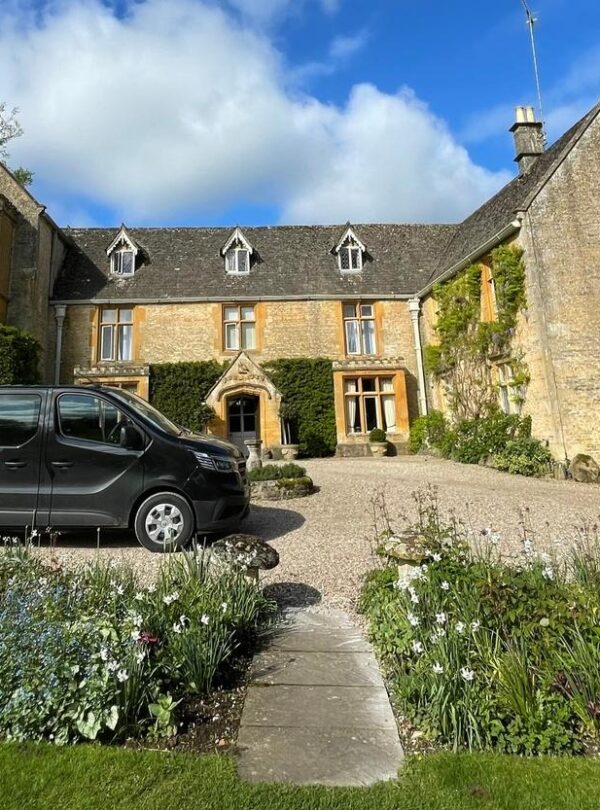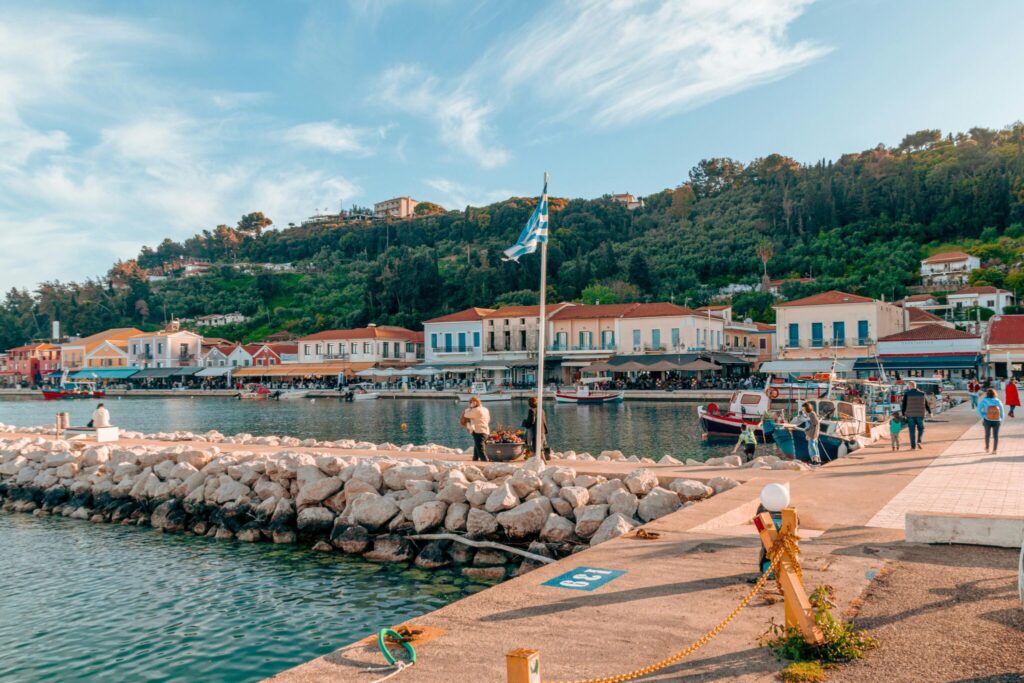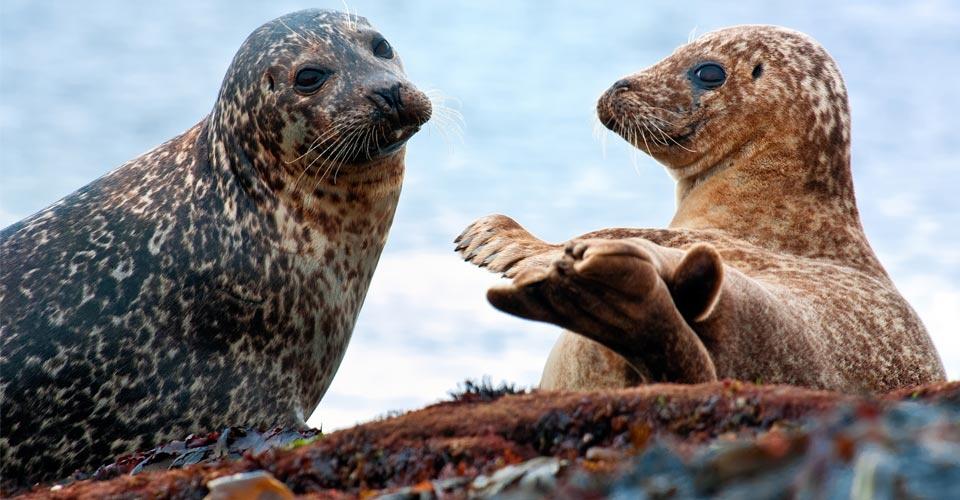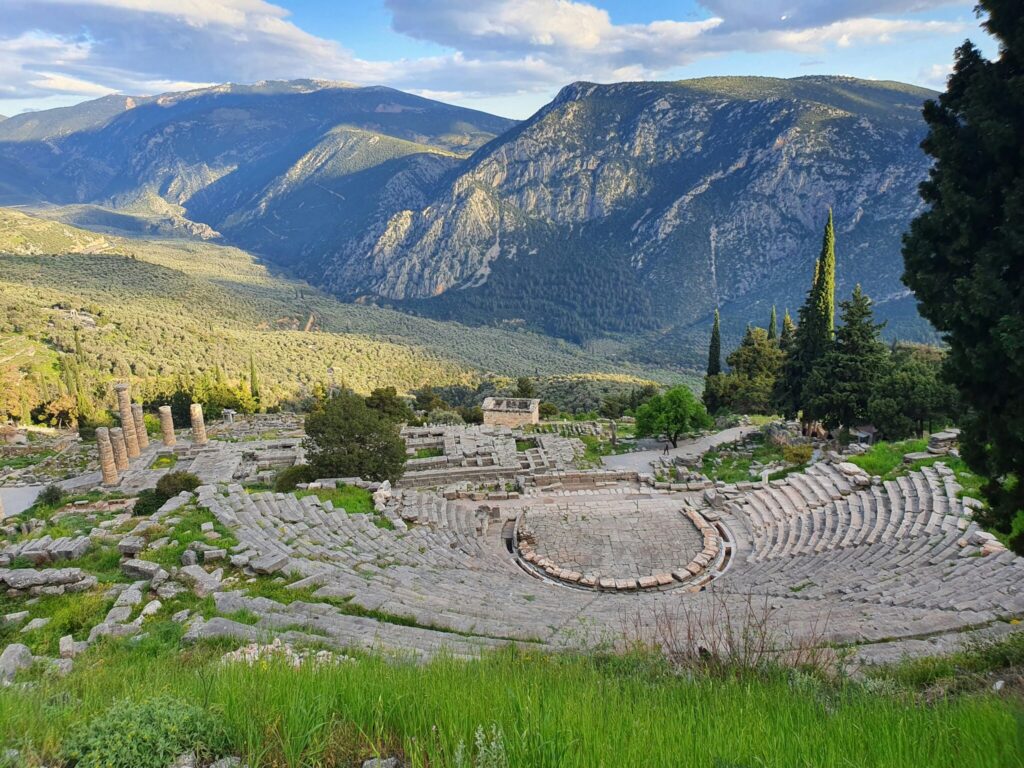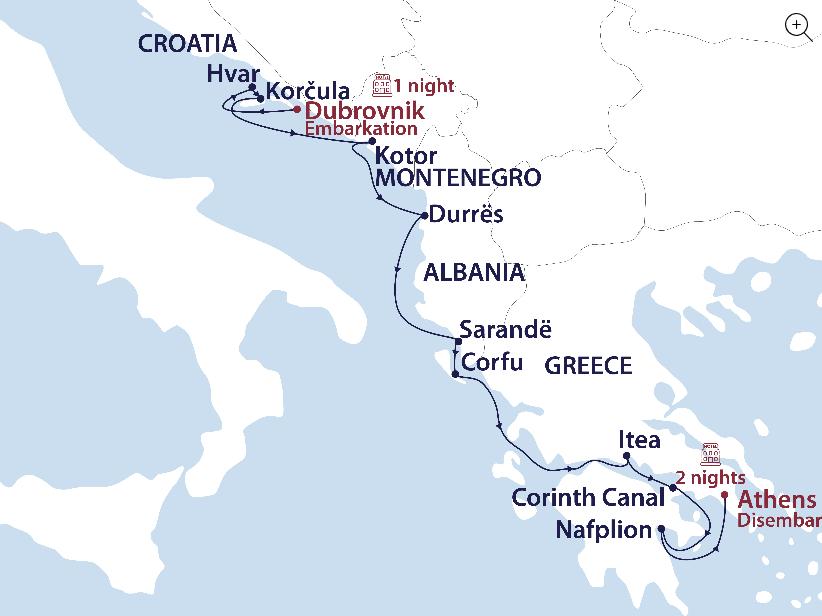Overview
Sometimes, nature travel is more refined than rugged. That’s true of our rural sojourn in the Cotswold Hills—it’s filled with wild discoveries, yet decidedly genteel. On walks through ancient beech forest and wildflower meadows, along hedgerows and trout-filled streams, an idyllic tableau of traditional England awaits. Our focus is on native habitats, artisan agriculture and conservation in ![]() Britain’s largest designated National Landscape. Explore hidden byways and unspoiled villages, with private tours of lavish gardens, gourmet picnics, and pints at local pubs that date back centuries. Enjoy exclusive access to Highgrove House Gardens on the royal estate of King Charles III, where a private tea awaits. In the evenings, Britain’s finest country house hotels provide a luxurious retreat, renowned for historic architecture, bucolic settings and sustainable farm-to-table fare.
Britain’s largest designated National Landscape. Explore hidden byways and unspoiled villages, with private tours of lavish gardens, gourmet picnics, and pints at local pubs that date back centuries. Enjoy exclusive access to Highgrove House Gardens on the royal estate of King Charles III, where a private tea awaits. In the evenings, Britain’s finest country house hotels provide a luxurious retreat, renowned for historic architecture, bucolic settings and sustainable farm-to-table fare.
Trip Highlights
- Nature & Conservation off the Typical Track Wander scenic footpaths through Britain's largest National Landscape, protecting ancient habitats, native wildlife, globally significant wetlands and rewilded farmlands
- Unspoiled Countryside & Ancient Villages Explore picture-postcard villages and stay at luxury inns and manor houses steeped in history, surrounded by gardens, wildflower meadows, rivers and woodlands
- Private Tours & Special Access Enjoy exclusive experiences at grand estates, including King Charles' Highgrove House, and behind-the-scenes tours of lavish gardens and organic farms
Itinerary
Please fill out the form below to request a quote for rates.
Included
- Accommodations, services of Nat Hab's professional Expedition Leader(s) and local guides, all meals from dinner on Day 1 through breakfast on final day, some gratuities, airport transfer for those arriving by air on Day 1 and on final day, all activities and entrance fees, all taxes, permits and service fees.
Not Included
- Travel to and from the start and end point of your trip, alcoholic beverages, some gratuities, passport and visa fees (if any), optional activities, items of a personal nature (phone calls, laundry and internet, etc.), airline baggage fees, required medical evacuation insurance, optional travel protection insurance.
Map




